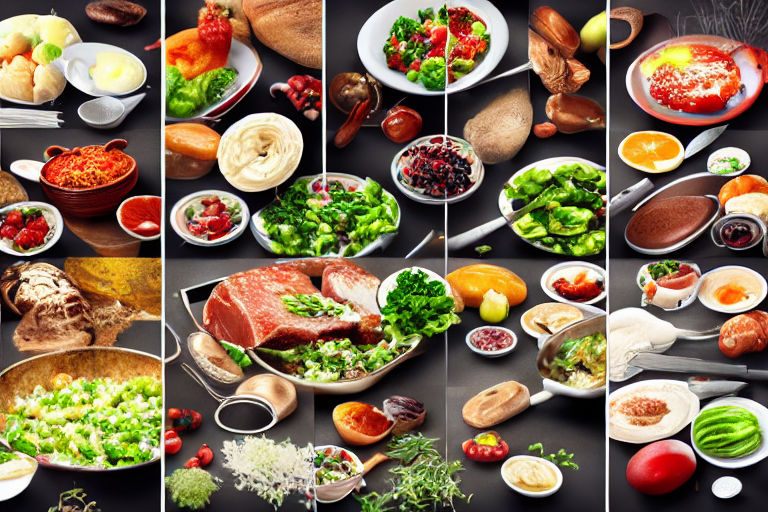Texture Masterpiece: Using Different Textures to Create Amazing Dishes
When it comes to creating amazing dishes, taste is not the only thing that matters. Texture is also an important factor that can take a dish from good to great. In fact, the combination of different textures can create a masterpiece that will delight both the senses and the palate.
What is Texture?
Texture is the physical feel or consistency of food in your mouth. It can be crunchy, smooth, creamy, chewy, soft, or gooey. When we eat, our tongue and mouth pick up on the different textures of the food, which can enhance the overall eating experience.
Why is Texture Important?
Texture is important in cooking because it can help balance tastes and flavors. A dish that has only one texture can be boring and unappealing. For example, a plate of plain mashed potatoes may taste good, but adding some crispy bacon or fried onion strings on top can improve the overall texture and create a more memorable experience.
Texture can also be used as a way to elevate the appearance of a dish. Adding a crispy element can make a dish look more appealing and appetizing. This is especially important in restaurants, where presentation is just as important as taste.
Using Texture in Your Dishes
When it comes to creating dishes with great texture, there are a few key techniques to keep in mind. Here are some ideas:
- Combine textures: Try to incorporate a variety of textures in your dish. For example, a salad with crunchy croutons, creamy avocado, and chewy bacon bits can create a delicious and interesting eating experience.
- Fry or roast: Crispy fried or roasted elements can add a satisfying crunch to a dish. Think of fried chicken or roasted root vegetables.
- Use Different cooking Techniques: Different cooking techniques can create different textures. For example, boiling vegetables can make them soft and tender, while roasting can make them crispy on the outside and soft on the inside.
- Experiment with ingredients: Try using ingredients that have different textures, such as nuts, seeds, or fruits. These can add a variety of textures to your dish.
Remember, texture is just as important as taste when it comes to creating amazing dishes. By incorporating different textures into your cooking, you can create a masterpiece that will impress your guests and elevate your cooking to the next level.



